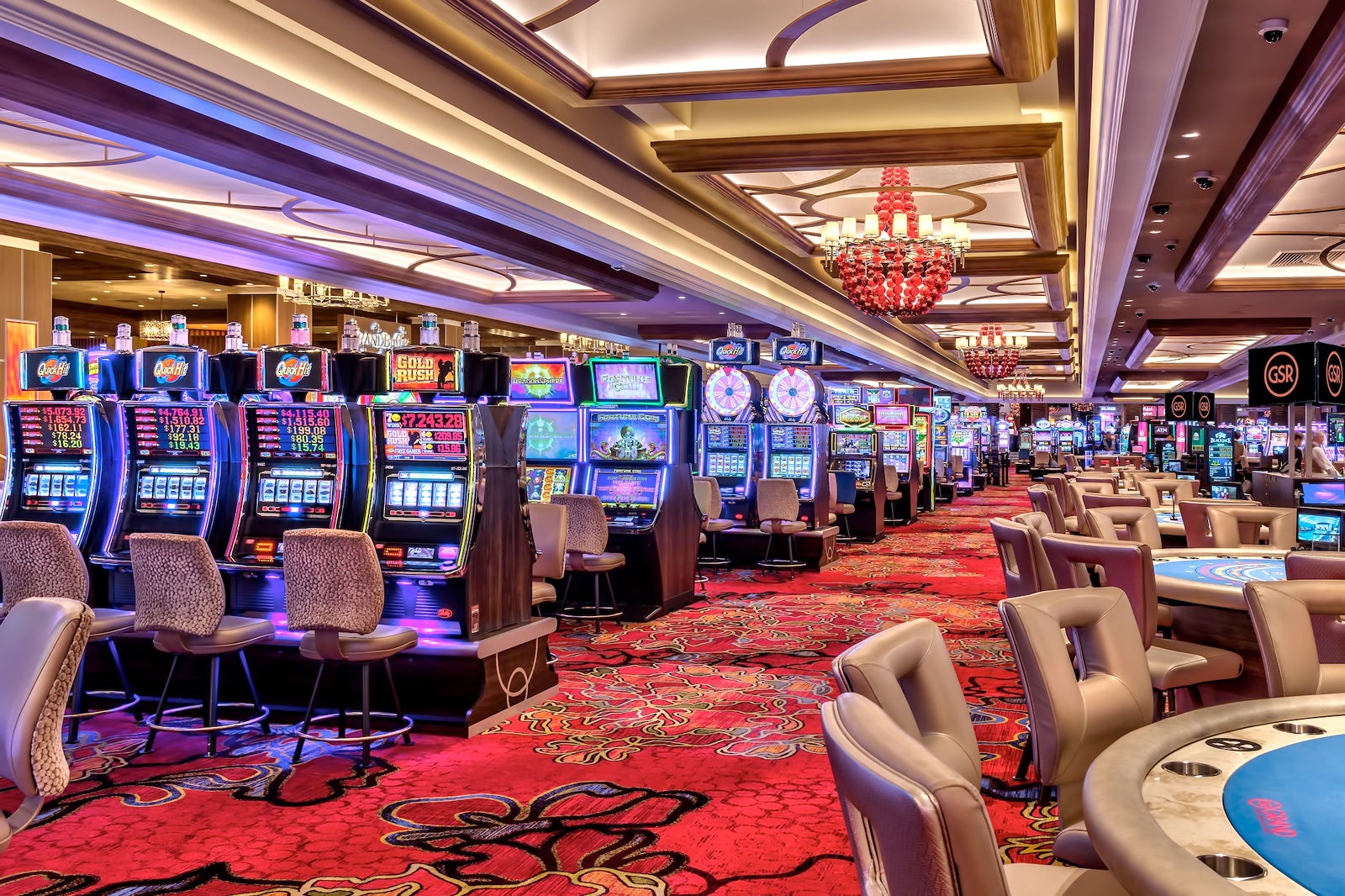
The world of casino games has long fascinated participants with its blend of adventure, strategy, and the suspense of luck. With tech advancements advances and the gaming landscape changes, an innovative approach known as gamification has begun to redefine the way we engage with these classic games. By including game-like elements such as challenges, incentives, and monitoring advancement, gamification raises participant interaction and transforms the traditional casino environment into a more interactive and engaging space.
This approach in gambling games not only appeals to experienced gamblers but also draws in a new group of participants who desire a more engaging experience. Jun 88 Featuring elements that encourage participation and foster community among participants, the gamified features breathe fresh energy into beloved favorites like poker, 21, and fruit machines. In we delve further into this phenomenon, we will explore how gamification is redefining the casino experience, making it far inclusive, fun, and rewarding for all involved.
Comprehending Gamification
Gamification denotes the utilization of gaming features in non-game contexts to improve player involvement and experience. In the realm of gambling, this idea has achieved significant attention, transforming traditional gaming into a more engaging and satisfying experience. By integrating components such as points, levels, and rewards, casinos can establish an environment that drives players to participate more often and for extended durations.
At the heart of gamification is the want to harness the natural desires of players. Gaming experiences that utilize gamification techniques are designed to not only delight but also to foster competition and achievement. Players are often attracted to the immediate responses and advancement monitoring that these elements provide. This not only retains them involved but also fosters a sense of accomplishment as they attain goals and reveal fresh features.
Furthermore, gamification can improve community interaction among players, cultivating a community atmosphere that enhances the enjoyment of casino games. Features such as ranking systems, group contests, and collaborative tasks allow players to link with fellow players, share experiences, and battle in a friendly manner. This social aspect adds another facet to the adventure, allowing it to be even more immersive and satisfying for players.
Effect on User Engagement
Gamification methods in gambling games have greatly transformed the way players engage with their preferred pastimes. By including aspects such as rewards, rankings, and trophies, gaming platforms create an setting that fosters a more profound relationship between players and the games they love. This enhanced engagement leads to extended gaming periods and heightened player dedication, as gamers endeavor to reach new levels or receive unique rewards.
Additionally, the communal component of gamified casino games cannot be ignored. Several platforms allow players to challenge against peers or other gamers, which adds a layer of anticipation and community. This rivalry drives engagement by tapping into players’ desire to win, encouraging them to return for more in order to raise their position or display their successes. As a result, the connections between players foster a feeling of togetherness that keeps users returning.
Furthermore, the instant responses and acknowledgment provided by gamification serve to encourage gamers. It may be a notification of a recent accomplishment or the excitement of earning a prize, these quick recognitions play a crucial role in maintaining engagement. By constantly providing players for their participation, casino games become more than just a leisure activity; they develop into an engaging activity that entices players and boosts their overall experience.
Trends in Casino Game Design
The entire landscape of casino game design is constantly evolving, driven by tech innovations and shifting player preferences. One important trend is the integration of interactive technologies, such as virtual reality and AR reality, to enhance the gaming experience. Such technologies create a more engaging environment, allowing players to feel as though they are in a physical casino, which can lead to longer play sessions and increased player satisfaction.
Another trend is the inclusion of narrative elements into casino games. Game designers are focusing on narratives to create a deeper connection between the player and the game. This narrative-driven approach not only makes the games more enjoyable but also encourages players to engage emotionally, which can enhance their overall experience. By combining traditional gaming mechanics with captivating stories, developers are drawing in a broader audience who may not have previously engaged with casino games.
Lastly, the emergence of social gaming features is reshaping how players interact with casino games. Many games now incorporate social elements, such as broadcasting achievements or competing with friends, to promote community and engagement. This trend reflects a shift towards a more participatory experience, where players can connect with others, sharing their excitement and struggles. As casinos adapt to these social dynamics, the experience of gaming becomes not just about individual play, but also about building connections among players.
